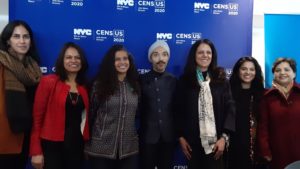331 people reached on Lassi with Lavina FB page – 39 engagements – Facebook insights
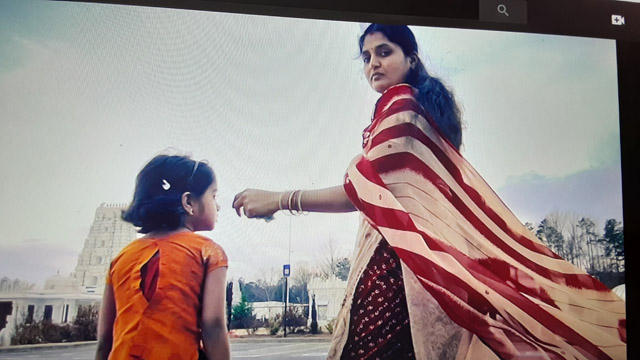
The Counting Game: Getting a Fair Share of the American Pie
[dropcap]F[/dropcap]or Indians in America, there is some good news – and some bad news. The good news is that a hefty percentage of the Indian-American community has already been counted in the 2020 Census – the bad news is that there are still a number of people who are in the dark and have not come forward to be counted – and time is running out. As of now, there is a self-response rate of 63.8 percent in New York
Indians, like all immigrants, have concerns on many fronts – the pandemic, the economic devastation, health issues and families set asunder by the quarantine. Yet there is another battle raging and this is a silent one – to stand up and be counted. It is the simplest act – almost as easy as signing an attendance sheet to mark their presence in America. The benefits are immense, a chance to get their fair share of rights, their piece of the American pie.
[dropcap]”A[/dropcap]s New York looks to rebuild from the economic and health impacts of the COVID-19 pandemic, we know that one way out of this is to make sure every person is counted, so that we can get our fair share of resources, representation and respect,” says Meeta Anand, the facilitator and convener of NY Counts 2020, and a Senior Census Fellow at the New York Immigration Coalition.
Indeed, census data is used to allocate $1.5 trillion in federal funds to local communities for education, housing, infrastructure, and transportation. This data also measures the spread of diseases, and assists in the ordering of vaccines and setting up contact tracing. The numbers from the 2020 Census also determine political power – the number of seats each state has in Congress and political representation of communities at all levels of government.
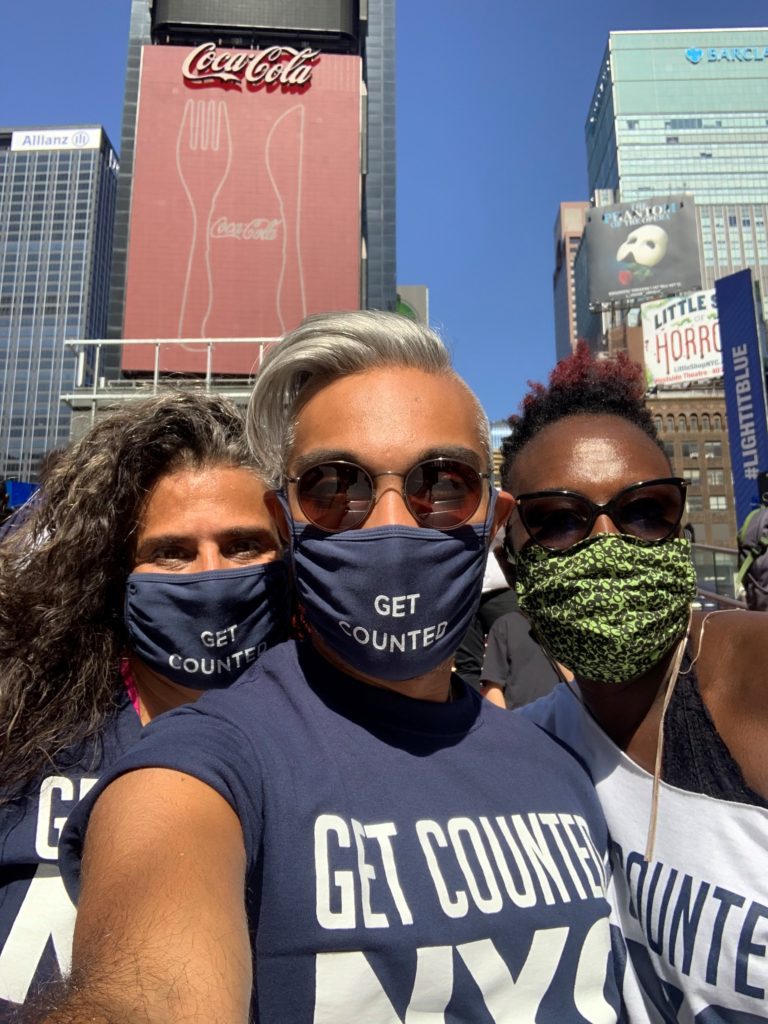
[dropcap]I[/dropcap]t is almost zero hour to be counted as the contested deadline of October 31 looms. Earlier there was the fear factor as the Trump Administration had tried to include a citizenship question and had also underfunded the census outreach and tried to hasten the census deadline which was challenged in court. The goal is to reach undercounted and at risk populations who have not yet responded so that the census bureau can deliver the counts to President and Congress as required by law in December.
NYC Census 2020 has been an ambitious $ 40 million project launched by Mayor Bill de Blasio in January 2019 to ensure an accurate count of all New Yorkers. It includes the empowerment of 157 community based organizations to engage with historically undercounted communities using multilingual messaging and marketing and a commitment to investing in the ethnic media to get the word out in all 245 neighborhoods of New York City.
So why are so many people, including Indians and other South Asians, reluctant to come out of the dark and show themselves?.
As Amit Singh Bagga, Deputy Director, NYC Census 2020, explains: “Some people came here four months ago, some came four years ago while some like my parents came more than 50 years ago. We really do have very strong and diverse networks within our South Asian communities and within those networks we all know someone who maybe has immigration issue or maybe who doesn’t own their own home or perhaps lives in an informal housing arrangement.”
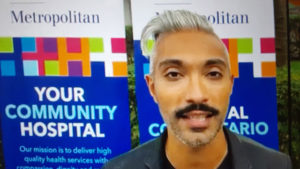
[dropcap]A[/dropcap]s he points out, the south Asian community in the New York area is large and very diverse, the biggest groups being Indians Pakistanis and Bangladeshis, with a fast growing Nepalese and Tibetan population, with varying self-response rates. Advocacy groups like Chaya CDC, Desis Rising Up and other community partnerships have made a dent in these communities with their efforts. An example is the Richmond Hill community which is heavily Punjabi Sikh and also has an Indo-Caribbean population. It started out with only 8 percent response rate but has now reached 52.7 percent, which is still 10 percentage points behind the average but is a commendable change as earlier it was towards the bottom of the response rates.
According to Anand, there are hard to count communities such as low income immigrant communities which have several issues such as residence in illegal basements or sharing overcrowded spaces, being undocumented or have fallen out of status. “Even though the census is completely confidential and safe, they may feel some fear in responding for fear that there may be some negative consequences for them,” she says.
[dropcap]T[/dropcap]he cornerstone of the city’s outreach has been to have a very diverse team of outreach specialists who speak many different South Asian languages, reach out through local groups and religious institutions, and use social media to familiarize those who have not filled the survey yet. To raise the comfort level of those who have not yet stepped forward, there are advertisements and posters, and Indian celebrities and influencers have created PSAs.
Thus you have popular actor Kal Penn encouraging everyone to stand up for what’s rightly theirs. “So who counts in a census? Everyone counts,” he says in the PSA. “That means newborns and that means seniors citizens and non-citizens, owners and renters. Those of us who are on the lease and those of us who are not on the lease and everyone in-between. If you live in New York City, you’re a New Yorker and you need to be counted. All it takes is answering 10 simple questions in less than 10 minutes to decide the next 10 years of New York City.” To reach those who do not speak English, Penn speaks in Gujarati too.
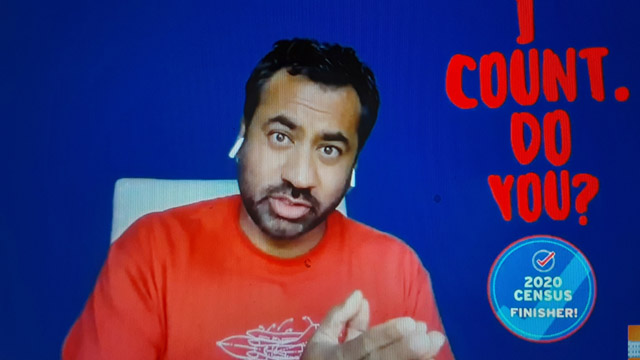
Kal Penn reaches out to the community in Gujarati
[dropcap]A[/dropcap]nand suggests that people who have already filed their census survey can help other members of the South Asian community to be counted. “It is our job as those who have the knowledge, education, and resources to really educate those who we think may not know what this is, or maybe afraid of it,” she says.
In the end, it’s about creating awareness amongst those who may not know about it, be it a taxi driver or a worker in a grocery store. He may be able to influence a micro-community. She recalls the story of an advocate who went to visit his parents and met all their neighbors on their evening walk. They all said, ‘Oh, we filled out the census because we knew you’d be mad at us if we didn’t do it. And we told all our friends to fill it out too!’
Bagga emphasizes the urgency of reaching out to those who may not be aware of the importance of the census or of their own eligibility. “Explain how important it is, how $1.5 trillion of federal funds for schools, our hospitals, our roads and bridges, our subways come from the census. Explain that our political representation, including for those who are undocumented, is at stake. I think that’s the best way for our community to help itself.”
(This is also published in my weekly column ‘India in America’ in CNBCTV18.com)
Related Article
